10 “Healthy” Restaurant Meals That Really Aren’t
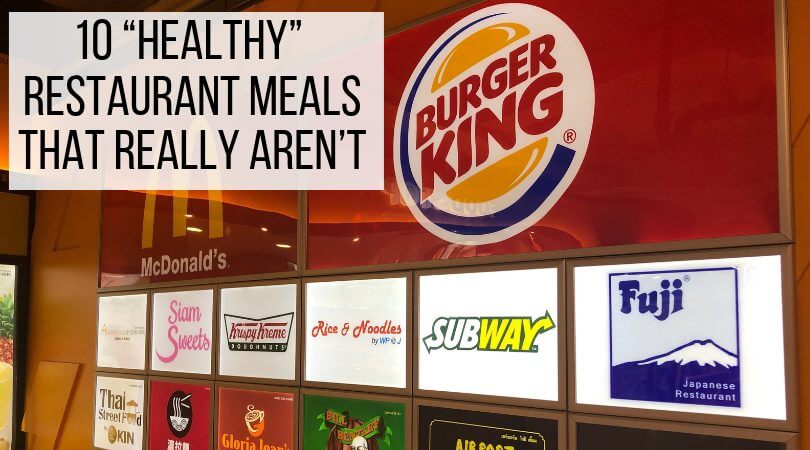
You know what it’s like. You make your best attempt to choose something healthful on the restaurant menu, only to receive a calorie-laden, artery-clogging meal that sets you back. It’s not hard to do, as restaurant meals can tuck in thousands of calories, dozens of grams of saturated fat, thousands of milligrams of sodium, and dozens of grams of sugar in one dish. What’s worse is that they often come under the guise of “healthful” meals, such as salads, bowls, and globally inspired dishes. And menu descriptions are created to entice you, setting you up for less healthful choices when you order.
I talked with top registered dietitian nutrition experts to get their top “healthy” sounding restaurant items that really aren’t so healthy after all. Read on to improve your knowledge on menu ordering before you eat out.
10 “Healthy” Restaurant Meals That Really Aren’t

1. Taco Salads in an Edible Bowl. These taco salads may sound light, but many aren’t so much. “Ground beef, sour cream, cheddar cheese and shredded iceberg in a big fried tortilla is not health food!” says Lisa Andrews, MEd, RD, LD Owner of Sound Bites Nutrition LLC.
2. Loaded Up Salads. Salads may seem like they should be naturally light, but you can pile up just as much damage on leafy greens than you can on a bun. Watch out for “any salad that contains tasty tidbits, like cheese, nuts, seeds, dried fruits, pralines, fried onions, bacon, fried wontons or tortilla chip pieces; and a lot of dressing, especially the creamy style. Not all salads are the same,” says Jean Lamantia, RDN.
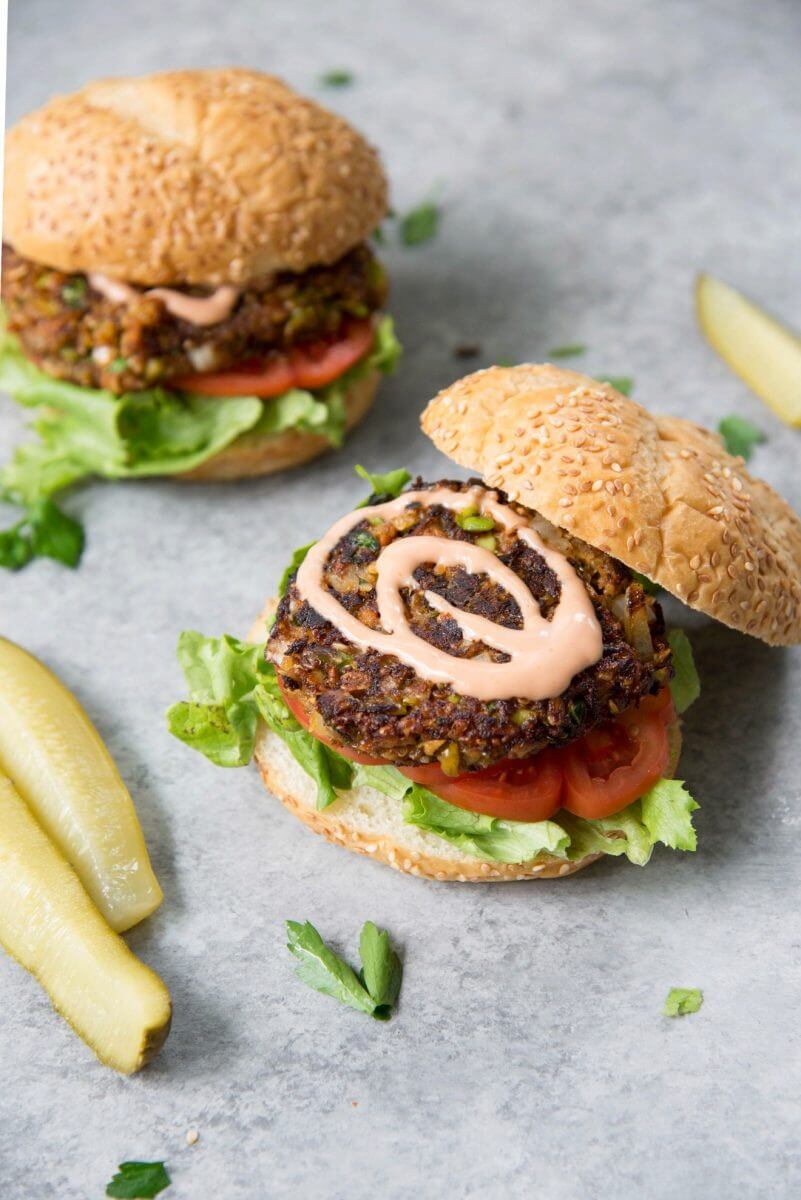
3. Veggie Burgers. Sure veggie burgers can be a healthful plant-based option, but they can still add up in calories, fat, and sodium, depending on the toppings. “Burger King’s Morning Star Veggie Burger contains 19 g of fat and 43% of our upper limit of sodium at 980 mg. It also contains dairy, and so is suitable to lacto-vegetarians, but perhaps not all vegetarians,” says Alicia Brown, RDN and nutrition coach.
4. Smoothie Bowls. While smoothie bowls can be healthful, they are often high in calories, fats, and refined sugars. “Smoothie bowls are the latest trend, as they are quite pretty to look at, fun to eat, refreshing, and you can load on the toppings. But most people don’t realize just how much simple carbs, fats and sugars add up in these bowls. If you’re going to try one, go for it and have it as a treat, but I would say that on a regular day basis if you want to do a smoothie bowl: ensure there is protein in there; be mindful of how many toppings you’re adding—healthy fats are great, but if you have 4 or 5 healthy fat toppings you have just created a 800 calorie bowl; get some fiber in there; and ensure you aren’t putting in a freezer full amount of fruit,” says Chelsea Cross, RD, MAN, BSc, BASc, of MC Dietietics.

5. Yogurt Parfaits. Sure, those yogurt parfaits can look all light and healthy, but they can hiding a lot of refined ingredients. “Although the ingredients contained in a yogurt parfait are often meant to be healthy, a lot of unnecessary sugars and added oils are usually found in them. Restaurants typically add more sugar to a parfait to enhance the flavor. Starting with the base, yogurt is best when it is low in sugar, and higher in protein and active probiotic cultures. However, the parfait that you purchase might be made with yogurt that is fat free or lower in fat, which typically means more additives are in it to make it taste good, including more sugar. Then we have fruit in your parfait. If it appears to be fresh, that’s great! However, if it is swimming in a liquid, chances are that sugar and syrup were added to your fruit. Granola is typically the last topping. Sure, granola is made of nuts and grains, but then the nuts and grains are usually clumped together with more sugar and oil,” says Carrie Gabriel MS, RDN of Steps 2 Nutrition.
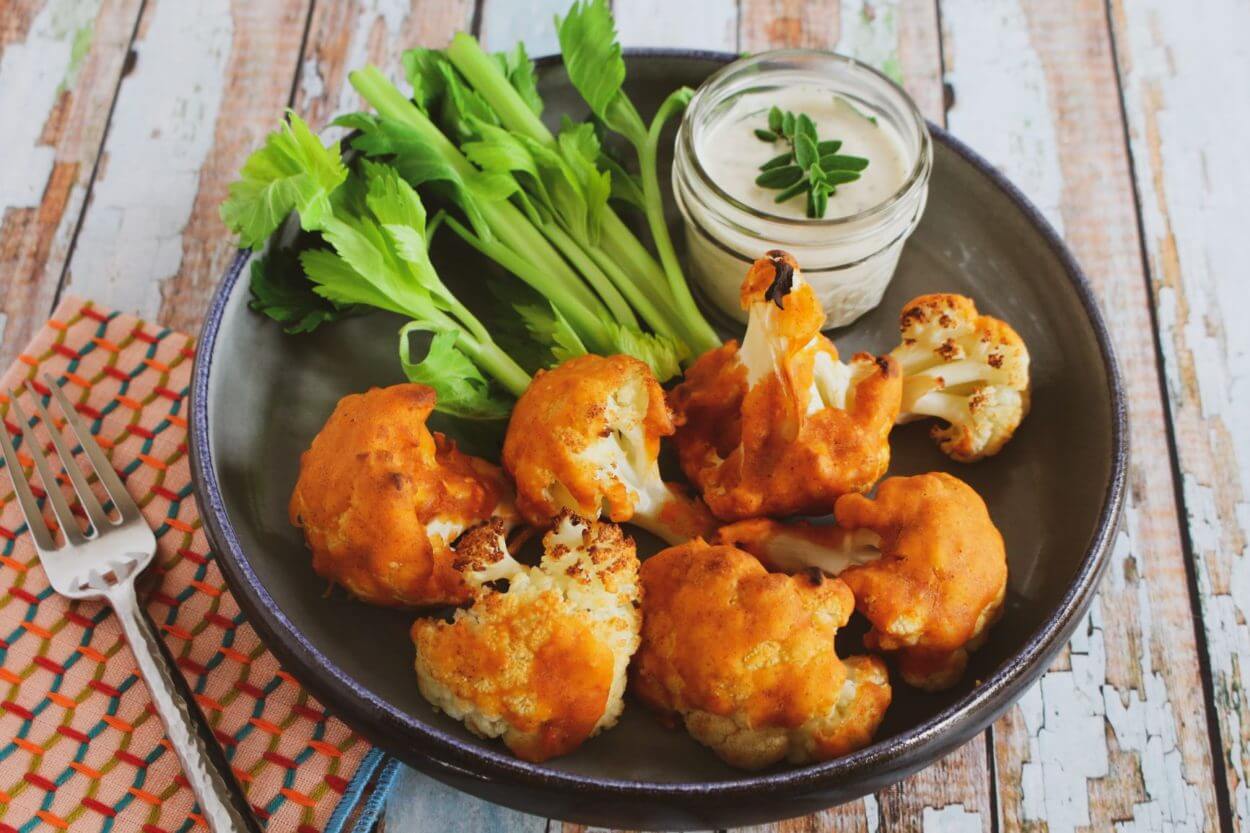
6. Cauliflower Appetizers. Cauliflower dishes, such as Buffalo Cauliflower, are all the rage, but they are hiding serious calories and fat grams. “Many cauliflower appetizers at restaurants are fried or topped with crazy sauces high in calories, fat, or sodium. Example: Korean Fried Cauliflower “small plate” at The Cheesecake Factory has 1070 calories, 71 grams of total fat, 13 grams of saturated fat and a whopping 2570 mg Sodium. People see cauliflower and think healthy vegetable, but the preparation makes a huge difference,” says Brynn McDowell, RD of The Domestic Dietitian.
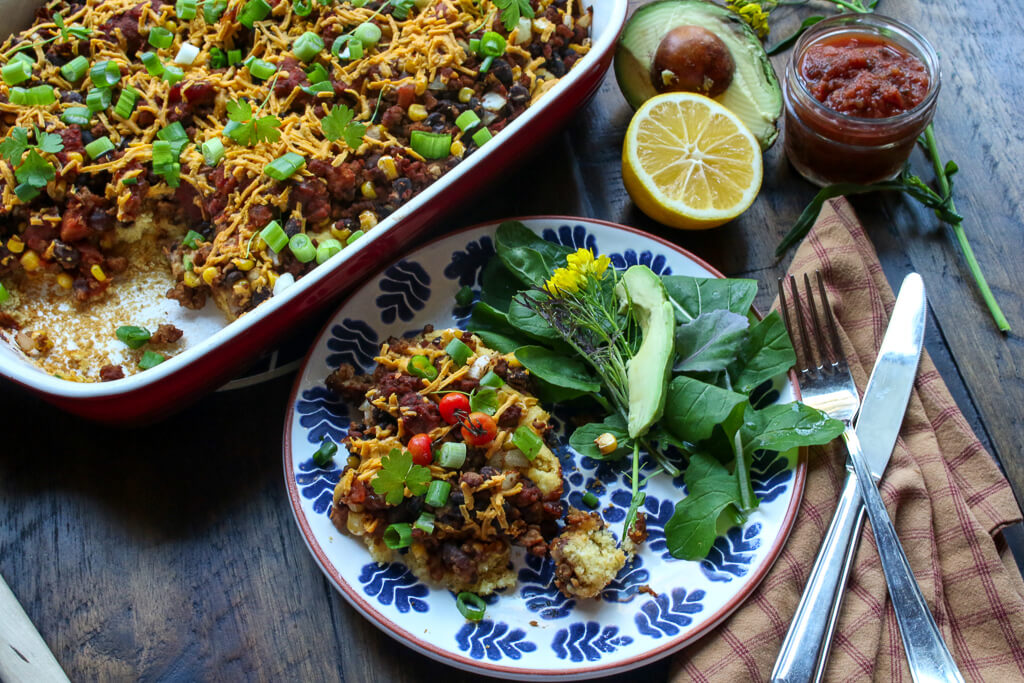
7. Plant-Based Indulgent Dishes. Sure, plant-based is getting really hot—which makes us happy, but beware that many of these dishes can have just as many calories, grams of saturated fat, and milligrams of sodium as their conventional counterparts. Just because nachos, burgers, fries, and cheesecake may be offered in a plant-based form, it doesn’t mean it’s a free for all when it comes to nutritional lineup. “Plant-based animal protein alternatives are becoming commonplace on restaurant menus. It’s important for consumers to know that just because a dish is plant-based doesn’t mean that it’s healthy. Many of these products are loaded with ingredients that offer up little in the way of good nutrition. If you are interested, ask your servers to share the ingredients statements for these offerings,” says Rachel Begun, MS, RDN, nutrition advocate.

8. Vegetarian Thai Curry Dishes. Sure, vegetarian meals often conjure healthy, plant-based eating, but Thai curry dishes can be absolutely loaded with fat, and not the healthy type, compliments of coconut milk. “Vegetarian doesn’t always mean healthy! PF Chang’s Vegetarian Thai Curry dish has 42 g saturated fat,” says Rhyan Geiger, RD LD.
9. Supersize Bowls. Bowls are really hot, but some of them are as big as Frisbees, and contain a boatload of calories, sodium and fat, too. “Many ‘healthy’ salad bowls have ½ cup of dressing with craisins, glazed nuts, and cheese—over 1000 calories! With sneaky sugar calories too. And many ‘healthy’ bowls, such as those with rice and quinoa, have an entire avocado and more toppings, which are too big and have lots of calories!” says Dr. Lisa Young, author of Finally Full, Finally Slim.
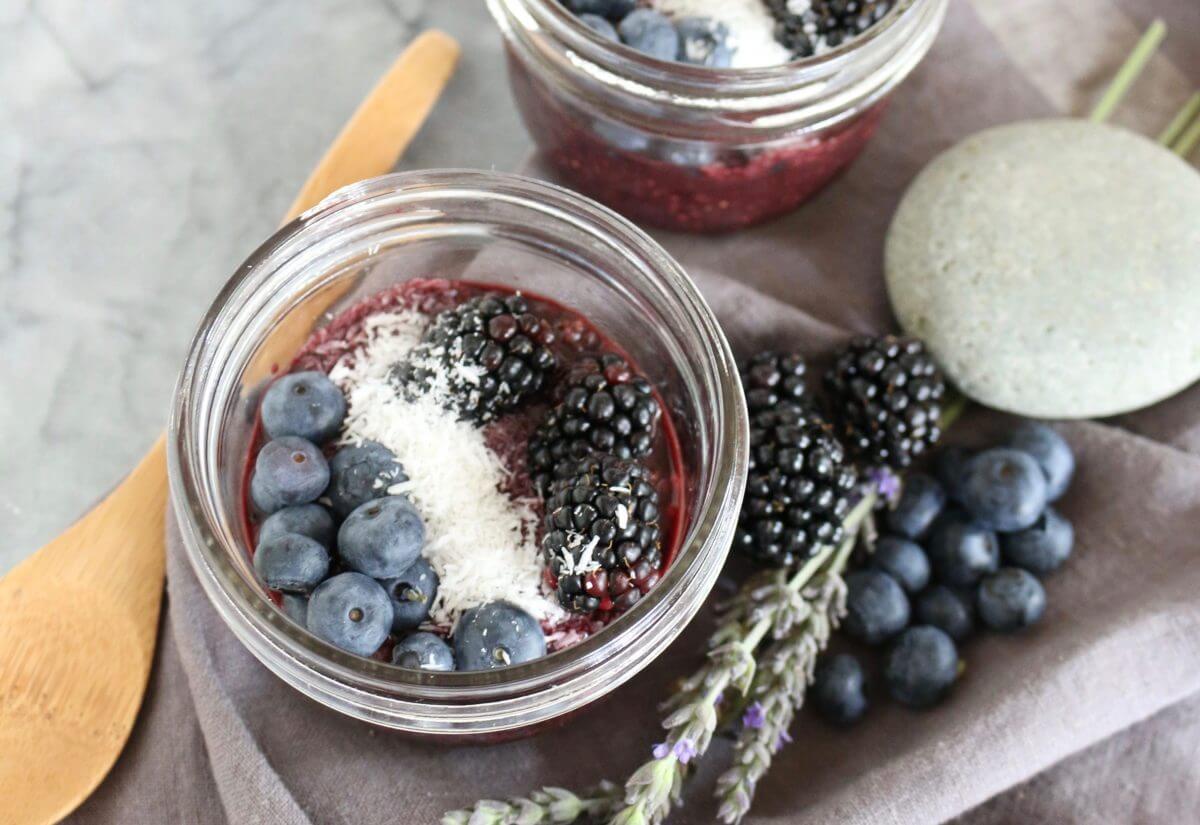
10. Açaí Bowls. These super trendy menu items depict the image of health…but they are not so much. “The calorie and sugar content in most chain store restaurants is way too high. People think it is healthy because of the açaí berry base, but when you add sugar, Nutella, and other toppings it outweighs any antioxidants from the berries. Best to make your own at home where you can control the added sugar,” says Bonnie Nasar, RDN of Nasar Nutrition.
For other expert tips from articles on eating a healthy diet, check out:
7 Steps to Go Plant-Based This Year
18 Non-Diet Tips for Healthy Eating
Fuel Your Diet with Fiber with 6 Dietitian Tips



thanks for writing a nice article.